Turkish Breads: A Delicious Culinary Staple of Turkish Cuisine
Turkish cuisine is renowned for its diverse and flavorsome dishes, and at the heart of this gastronomic tradition lies a beloved culinary staple: Turkish bread. Known for its distinctive texture, aroma, and versatility, Turkish bread holds a special place in the hearts and palates of locals and visitors alike. From the iconic round loaves of pide to the soft and fluffy gözleme, Turkish bread offers a delightful sensory experience that enhances meals and satisfies cravings. In this article, we embark on a delectable journey through the world of Turkish bread, exploring its various types, unique characteristics, and its role as an essential component of Turkish cuisine.
Pide: The Iconic Turkish Bread
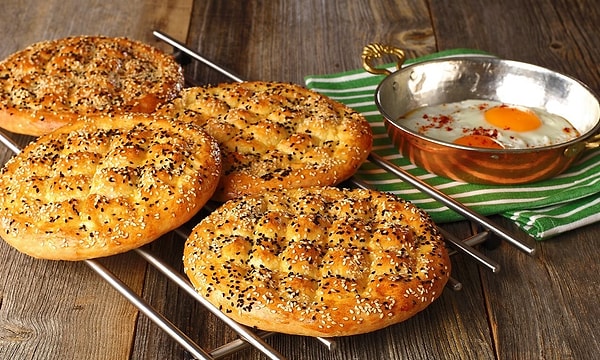
Pide is perhaps the most well-known and beloved type of Turkish bread. With its round shape and characteristic air pockets, pide is a versatile bread that can be enjoyed in various forms. It serves as a delicious accompaniment to meze (Turkish appetizers) or as a base for kebabs, with its slightly chewy texture and golden crust providing the perfect vessel for soaking up flavorful sauces and dips. Pide is also used as a base for the famous Turkish dish, lahmacun, where it is topped with a mixture of minced meat, onions, tomatoes, and herbs before being baked to perfection.
Simit: The Quintessential Turkish Street Food
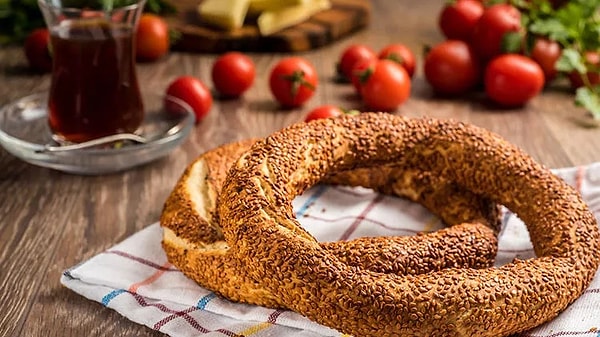
No exploration of Turkish bread would be complete without mentioning simit. A beloved street food, simit is a circular bread covered in sesame seeds, giving it a distinctive appearance and nutty flavor. Crispy on the outside and soft on the inside, simit is often enjoyed as a quick breakfast or snack. It is commonly sold by street vendors, who skillfully stack the rings of simit on their carts, ready to be enjoyed with a cup of Turkish tea. The combination of the crunchy exterior and the fluffy interior, along with the toasted sesame seeds, creates a unique and satisfying taste.
Gözleme: A Savory Delight

Gözleme is a traditional Turkish bread that is as delicious as it is versatile. Made by rolling out thin dough and filling it with various ingredients such as cheese, spinach, potatoes, or minced meat, gözleme is then cooked on a griddle until golden and crispy. The result is a savory flatbread that bursts with flavor and is often enjoyed as a hearty snack or a light meal. Gözleme is commonly found at Turkish markets and festivals, where vendors expertly prepare them on large griddles, captivating passersby with the mouthwatering aroma.
Lavash: The Thin and Flexible Bread
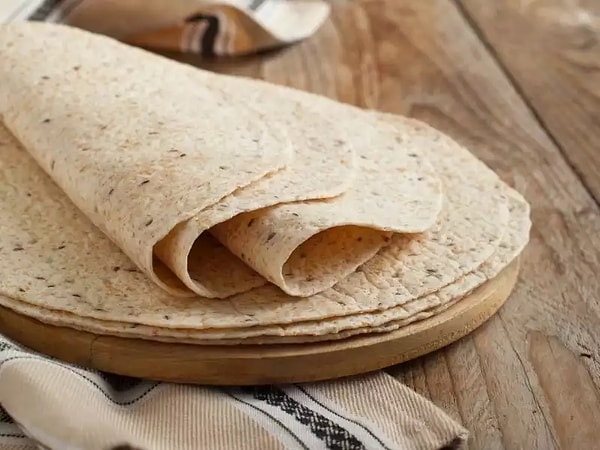
Lavash is a traditional Turkish bread with a thin and flexible texture, making it ideal for wrapping and filling. This unleavened bread is traditionally made by stretching the dough and baking it on a hot stone or in a clay oven. Lavash is commonly used as a wrap for kebabs, falafel, or grilled meats, as well as a base for making dürüm, a popular Turkish street food. Its pliable nature allows it to be easily folded or rolled, creating a convenient and delicious handheld meal.
Ekmek: The Everyday Bread
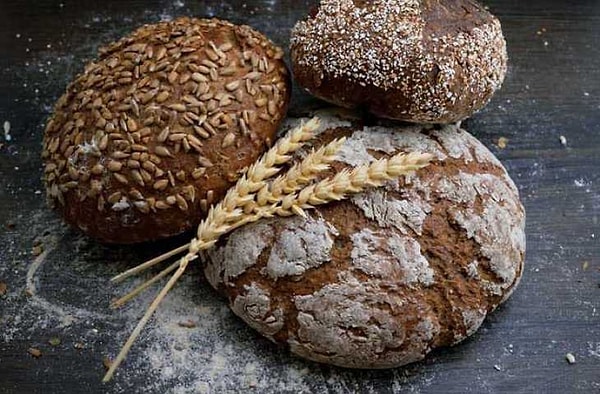
Ekmek, which simply means 'bread' in Turkish, refers to the daily bread consumed by Turks across the country. Ekmek comes in various shapes and sizes, ranging from the long and slender French-style baguettes to the rustic and round village loaves. It is a staple on Turkish dinner tables, accompanying meals and providing the foundation for sandwiches. Ekmek is characterized by its crusty exterior, soft and chewy interior, and a wonderful aroma that fills the kitchen when freshly baked. It is often made using a combination of white and whole wheat flour, giving it a wholesome and hearty taste. Ekmek is not only a staple in Turkish households but is also a symbol of community and sharing. It is common for neighbors to exchange freshly baked ekmek as a gesture of goodwill and friendship.
Sıcak Ekmek: The Warm Bread Experience
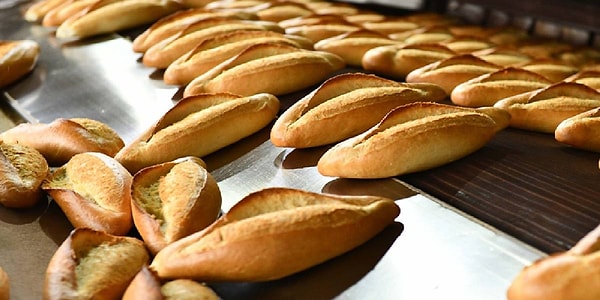
In many Turkish restaurants and kebab shops, you'll come across a unique bread experience known as sıcak ekmek, which translates to 'hot bread.' Served fresh from the oven, sıcak ekmek arrives at your table piping hot, with a crispy crust and a soft, steaming interior. The bread is typically brushed with butter or olive oil and sprinkled with salt and herbs, adding a savory touch to its irresistible aroma. Breaking off a piece of sıcak ekmek and pairing it with dips like hummus or baba ganoush is a delightful sensory experience that adds an extra layer of enjoyment to your meal.
Pideci: The Art of Turkish Bread Making

To truly appreciate the artistry and craftsmanship behind Turkish bread, one must visit a traditional pideci (Turkish bakery). These establishments have been perfecting the art of bread making for generations, using time-honored techniques and secret family recipes. The pideci's ovens are often large, wood-fired structures that impart a distinct smoky flavor to the bread. The bakers, with their skillful hands and expert knowledge, shape and bake each loaf with care, ensuring that the end result is a perfect balance of texture, flavor, and aroma.
Turkish bread, with its diverse range of types and flavors, holds a special place in Turkish cuisine and culture
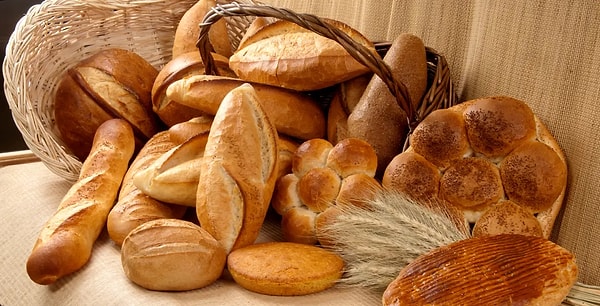
From the iconic pide to the crispy simit and the savory gözleme, each variety offers a unique culinary experience that is both comforting and satisfying. Whether enjoyed as a side with a traditional meal, as a street food on the go, or as the foundation for a delicious sandwich, Turkish bread is a versatile and integral part of Turkish gastronomy. So, the next time you find yourself in Turkey or in a Turkish restaurant, be sure to savor the delights of Turkish bread and experience the rich culinary heritage it embodies.
Which one of these bread types have you tried before? Tell us in the comments!
Keşfet ile ziyaret ettiğin tüm kategorileri tek akışta gör!


Send Comment